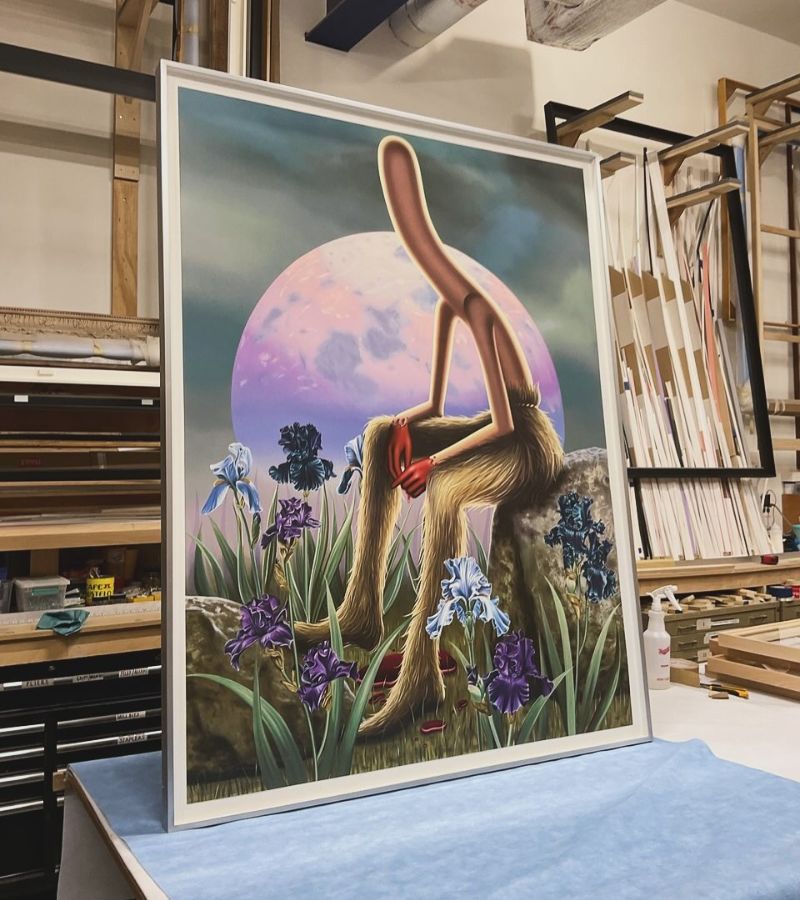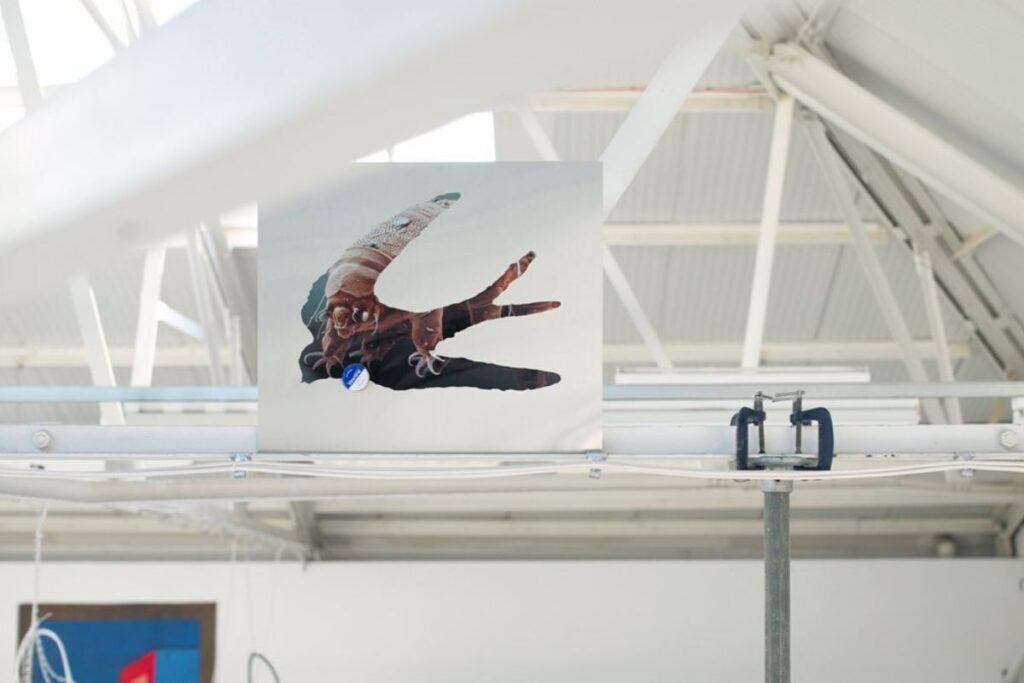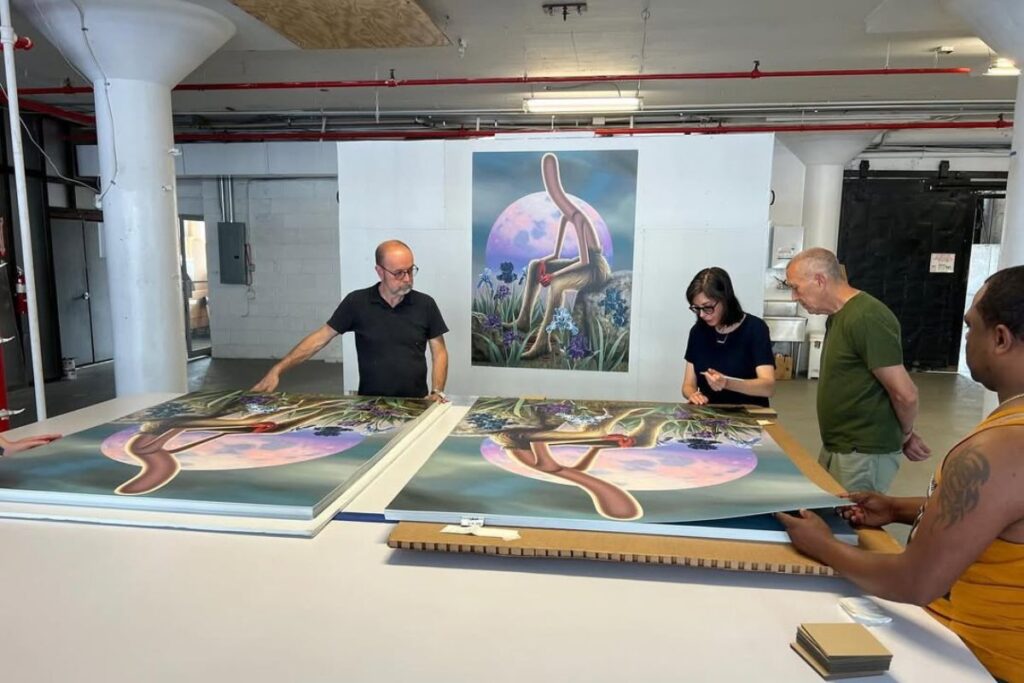Pop Art is back, but not as we knew it. A new wave of artists is redefining this iconic movement, blending its bold aesthetics with contemporary themes. They are not just paying homage to the past; they are reinventing Pop Art to resonate in the digital era.
Young Artists Are Giving Pop Art a Bold New Identity
A new wave of artists is reimagining Pop Art with digital aesthetics, personal narratives, and bold social commentary. Discover how they’re redefining the movement.
Por: Angela Leon Cervera


What Drives This New Movement?
The Evolution of Pop Art in the 21st Century
The essence of Pop Art—its vibrant colors, mass culture references, and irreverence—remains intact. However, emerging artists are infusing it with personal narratives, digital aesthetics, and social commentary. Memes become masterpieces, and emojis transform into emotional landscapes. It’s like Andy Warhol meets Instagram, creating a direct connection with the viewer.
Why Pop Art Still Matters Today
Pop Art has always reflected the society it emerges from. In an era dominated by social media and viral culture, Pop Art continues to be a mirror of our reality. Young artists use it to explore identity, consumerism, and technology, questioning the impact of hyperconnectivity and curated digital lives.

Who Are the New Faces of Pop Art?
Emerging Artists Redefining the Movement
Names like Alake Shilling and Emily Mae Smith are gaining recognition for their innovative approaches. Shilling reinvents cartoon-like characters with a surreal twist, while Smith adds depth to Pop Art through her surrealist reinterpretation of everyday objects.
Other rising talents, such as Yibei Zhang, blend traditional influences with modern pop culture, creating a dialogue between past and present. These artists prove that Pop Art is evolving in unexpected and exciting ways.
The Role of Technology in Contemporary Pop Art
New creators are leveraging digital tools to push artistic boundaries. From NFTs to augmented reality installations, technology is transforming how art is perceived and consumed. Artists like Operator explore the fusion of visual art and technology, taking Pop Art beyond traditional canvases.

Why Is This Trend Captivating a New Generation?
A Visual Language for the Digital Age
The new wave of Pop Art speaks directly to younger audiences by integrating internet aesthetics, gaming culture, and fast fashion. This connection to contemporary culture makes it relatable and accessible, while also providing space for deeper critique and reflection.
Balancing Nostalgia and Innovation
While this movement celebrates modern culture, it also incorporates nostalgic elements. The blend of nostalgia and innovation results in artwork that feels both familiar and fresh. In this way, Pop Art remains relevant, constantly evolving without losing its core essence.
Young artists are transforming Pop Art, proving that it remains a vibrant and ever-evolving art form. Balancing traditional and digital mediums, this new generation is redefining how we experience art. Whether on a canvas, a screen, or an interactive installation, Pop Art continues to challenge and captivate the world.
Your Guide to Contemporary Pop Art’s New Wave
- What defines contemporary Pop Art? Modern Pop Art combines vibrant colors and cultural references with themes like technology and consumerism.
- Who are some notable artists in this movement? Alake Shilling, Emily Mae Smith, and Yibei Zhang are key figures shaping the evolution of Pop Art.
- How does technology influence contemporary Pop Art? Digital tools, NFTs, and augmented reality allow artists to expand their formats and audience reach.
- Why do younger generations connect with Pop Art? Its incorporation of digital culture and consumerism creates an immediate connection with modern audiences.
- Where can one experience contemporary Pop Art? From galleries to online platforms like Instagram and NFT marketplaces, Pop Art is everywhere today.
If you enjoyed this article about contemporary Pop Art, please share it. You may also like our feature on digital artists reshaping the art world. Explore more in our Art & Culture section.
